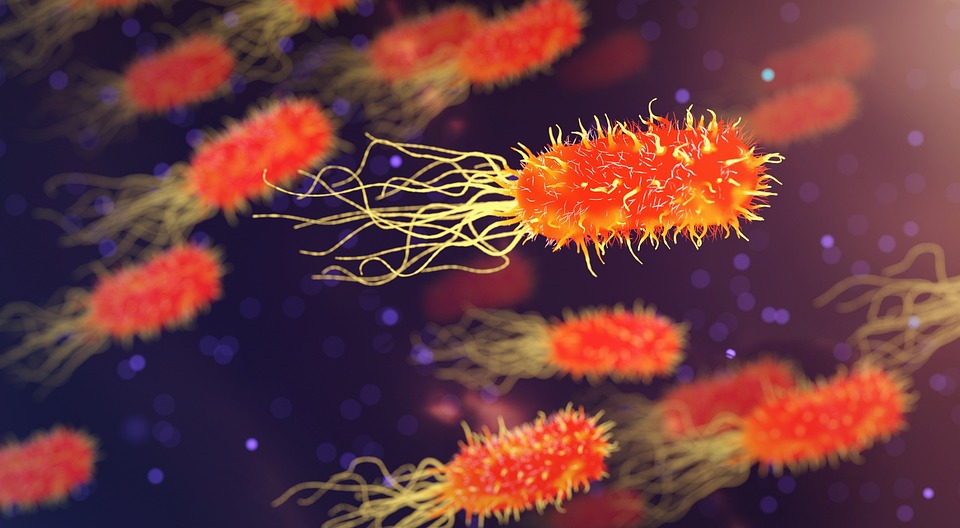
A birthmark is a type of discoloration or mark that appears on the skin at or shortly after birth. Birthmarks can range in size, shape, and color, and can be either benign or potentially harmful. There are several different types of birthmarks, and they can be classified in a number of ways based on their appearance, location, and underlying cause. In this essay, we will discuss the various types of birthmarks and how they are classified.
Classification Based on Appearance
The most common classification of birthmarks is based on their appearance. This classification includes three major categories: pigmented birthmarks, vascular birthmarks, and other birthmarks.
Pigmented Birthmarks: These are birthmarks that appear on the skin due to an excess of pigment cells. There are several types of pigmented birthmarks, including:
a. Mongolian Spots: These are flat, bluish-gray birthmarks that are commonly found on the lower back, buttocks, and thighs of infants with darker skin tones. Mongolian spots are benign and usually fade on their own within a few years.
b. Café-au-lait Spots: These are flat, light brown birthmarks that can be present at birth or develop later in childhood. Café-au-lait spots can be a sign of an underlying medical condition, such as neurofibromatosis, if there are multiple spots or if they are larger than 5 mm in diameter.
c. Nevus of Ota: This is a blue-gray or brown birthmark that is present at birth or appears in early childhood. It is usually located on the face and is more common in people of Asian descent. The nevus of Ota is benign but can be a cosmetic concern for some individuals.
Vascular Birthmarks: These are birthmarks that result from abnormal blood vessels in the skin. There are several types of vascular birthmarks, including:
a. Port-Wine Stains: These are flat, pink or red birthmarks that appear on the face or neck. Port-wine stains are caused by dilated blood vessels and are usually present at birth. They do not fade over time and can become darker and thicker with age.
b. Hemangiomas: These are raised, red or purple birthmarks that are caused by an overgrowth of blood vessels. Hemangiomas can appear anywhere on the body and usually grow rapidly during the first few months of life. They often disappear on their own by age 5, but some may require treatment if they are large or interfere with vital functions.
Other Birthmarks: There are several other types of birthmarks that do not fit into the pigmented or vascular categories, including:
a. Epidermal Nevi: These are raised, wart-like birthmarks that are caused by an overgrowth of skin cells. Epidermal nevi can appear anywhere on the body and may be associated with other medical conditions.
b. Dermal Melanocytosis: This is a bluish-gray birthmark that is caused by an accumulation of pigment cells in the skin. Dermal melanocytosis is benign and usually fades on its own within a few years.
Classification Based on Location
Birthmarks can also be classified based on their location on the body. Some birthmarks are located on the surface of the skin, while others are located deeper in the tissues. Location can affect the type of birthmark and the potential health risks associated with it.
Surface Birthmarks: These are birthmarks that appear on the surface of the skin and include pigmented and vascular birthmarks.
Deep Birthmarks: These are birthmarks that are located deeper in the tissues and include:
a. Subcutaneous Hemangiomas: These are hemangiomas that are located beneath the skin and can cause swelling or discoloration of the affected area. They may require treatment if they interfere with vital functions or cause pain.
b. Venous Malformations: These are abnormal collections of veins that can cause swelling, pain, or cosmetic concerns. They may require treatment if they are located in a sensitive or vital area of the body.
c. Lymphatic Malformations: These are abnormal collections of lymphatic vessels that can cause swelling or fluid buildup in the affected area. They may require treatment if they interfere with vital functions or cause cosmetic concerns.
Classification Based on Underlying Cause
Birthmarks can also be classified based on their underlying cause. Some birthmarks are caused by genetic factors, while others are the result of environmental factors or medical conditions.
Congenital Birthmarks: These are birthmarks that are present at birth and may be caused by genetic factors. Congenital birthmarks include port-wine stains, hemangiomas, and other vascular birthmarks.
Acquired Birthmarks: These are birthmarks that develop later in life and may be caused by environmental factors or medical conditions. Acquired birthmarks include café-au-lait spots, nevus of Ota, and other pigmented birthmarks.
Syndromic Birthmarks: These are birthmarks that are associated with underlying medical conditions or syndromes. Syndromic birthmarks may include multiple café-au-lait spots, neurofibromas, or other abnormalities that require medical evaluation and treatment.
Treatment and Management of Birthmarks
Most birthmarks are benign and do not require treatment. However, some birthmarks may cause cosmetic concerns, interfere with vital functions, or be associated with underlying medical conditions. Treatment options for birthmarks may include:
Observation: In many cases, birthmarks may fade or disappear on their own over time. Observation and monitoring may be recommended to determine if treatment is necessary.
Medical Management: Some birthmarks may be managed with medications, such as beta blockers, steroids, or laser therapy, to reduce their size or appearance.
Surgical Management: Some birthmarks may require surgical removal or excision to improve cosmetic appearance or relieve symptoms.
Conclusion
In conclusion, birthmarks are a common occurrence and can be classified based on their appearance, location, and underlying cause. Pigmented birthmarks, vascular birthmarks, and other birthmarks are the three major categories of birthmarks based on their appearance. Birthmarks can also be classified based on their location, with surface birthmarks and deep birthmarks being the two main types. Lastly, birthmarks can be classified based on their underlying cause, with congenital birthmarks, acquired birthmarks, and syndromic birthmarks being the main types. Treatment options for birthmarks depend on the type of birthmark and may include observation, medical management, or surgical management.







